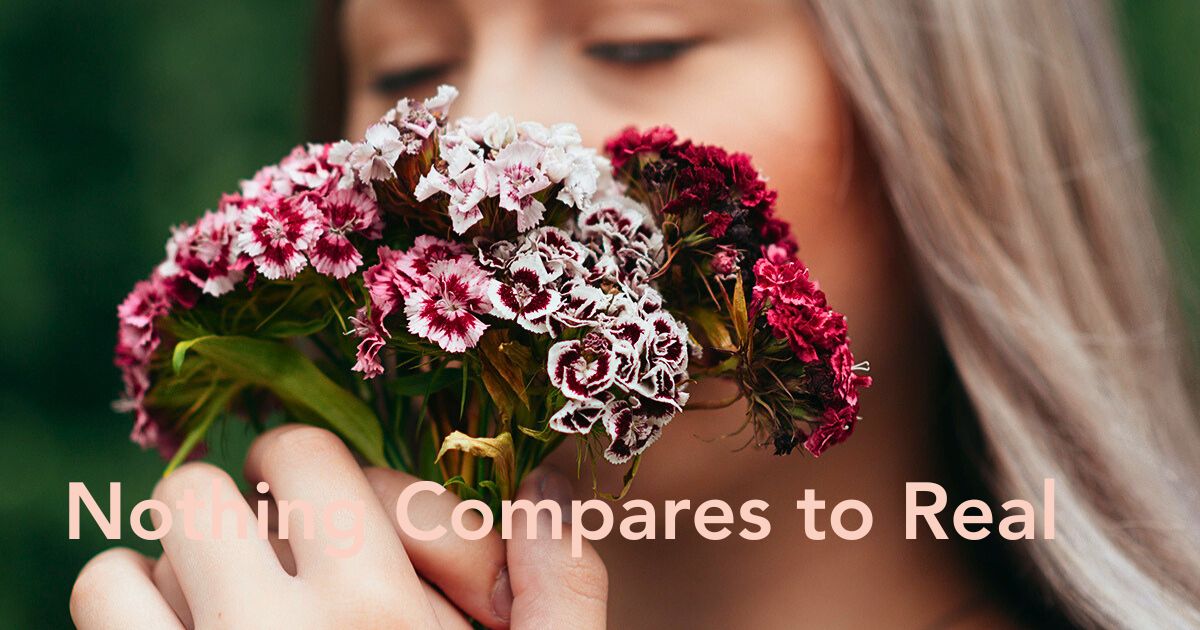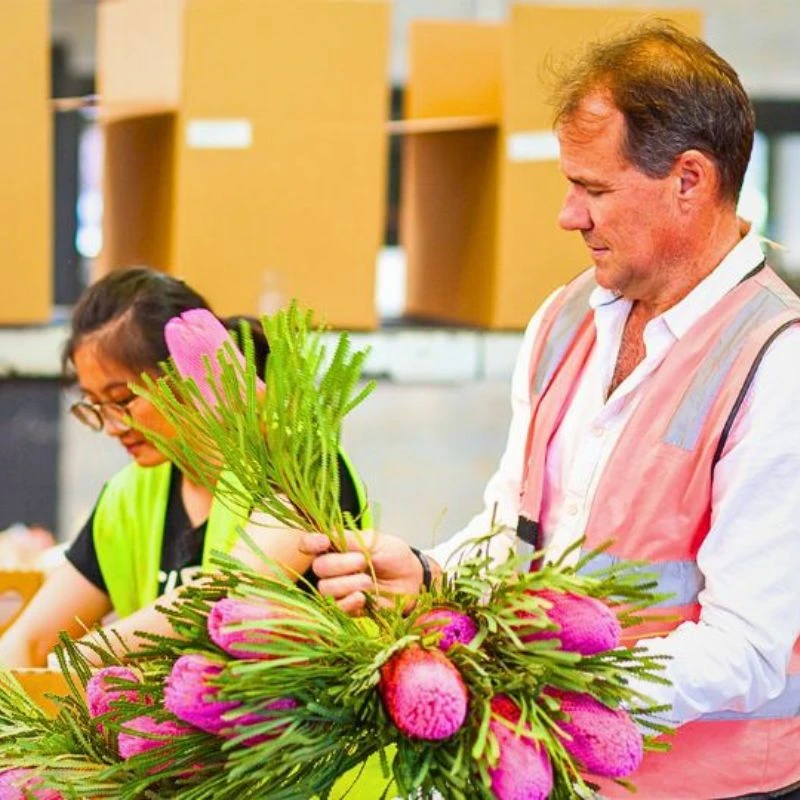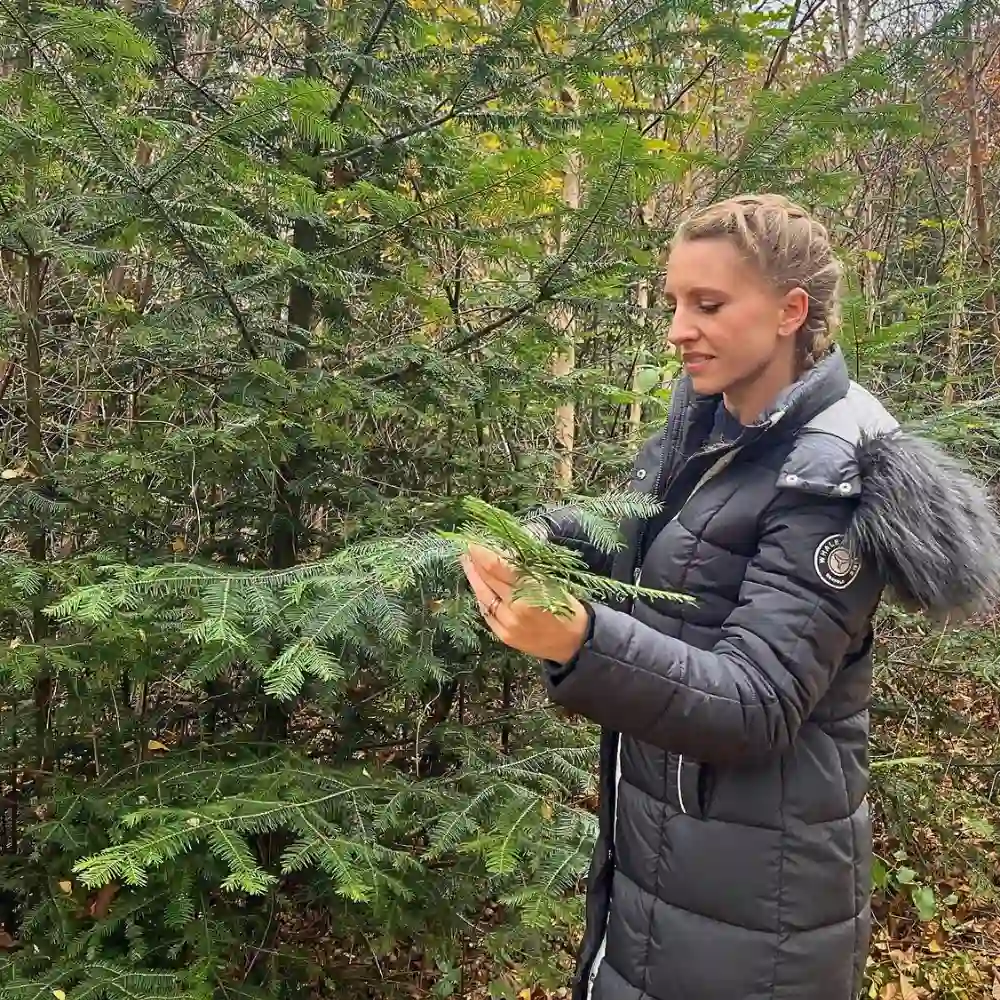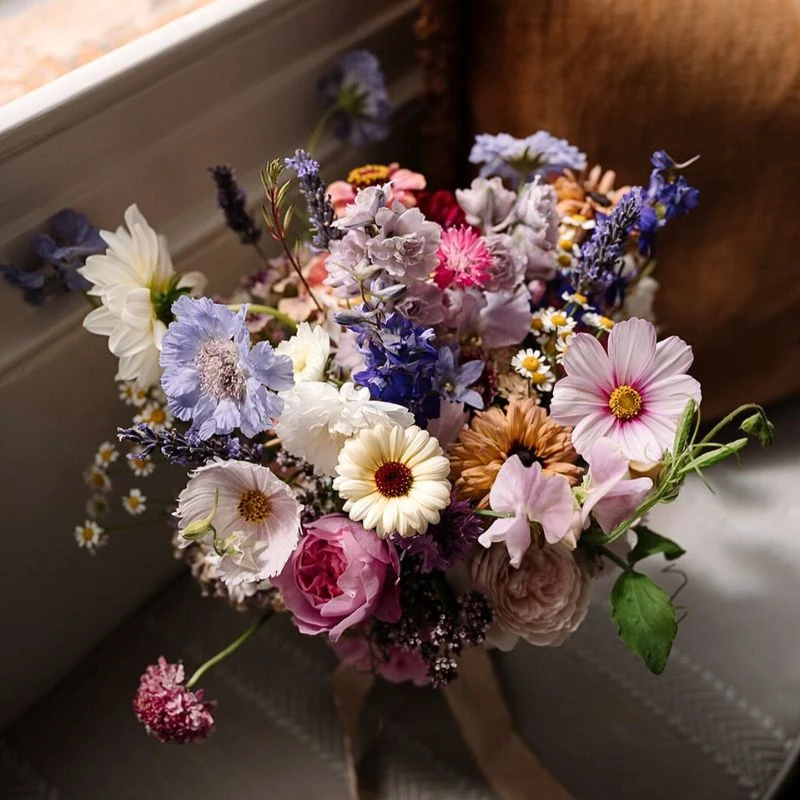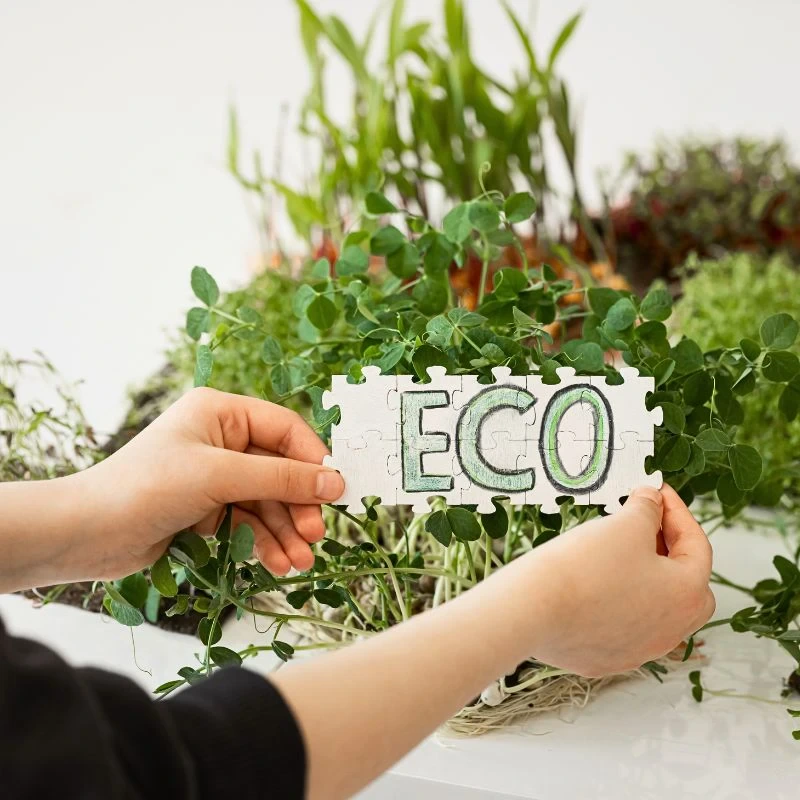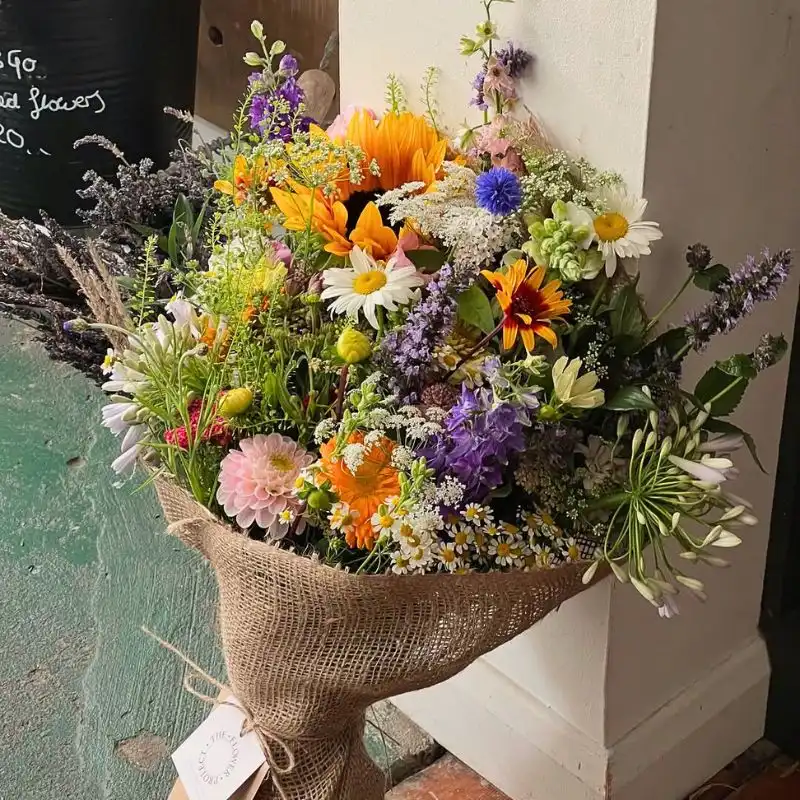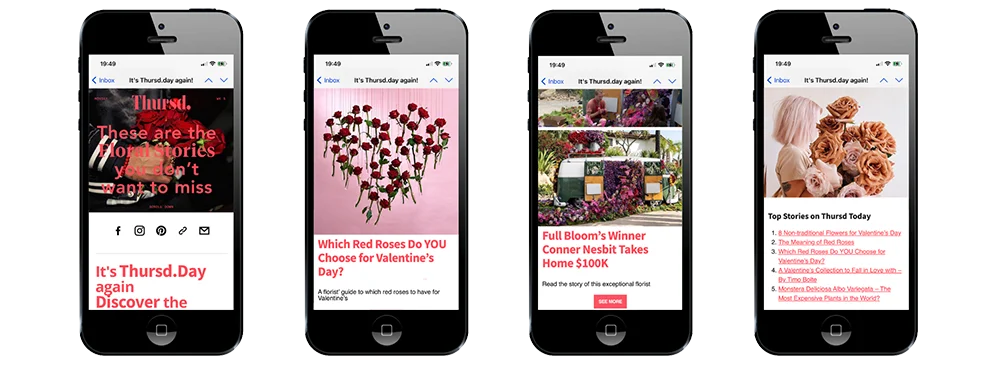By Arnold Wittkamp, CEO of Thursd.
Imagine walking into an office filled with lifeless plastic flowers or plastic plants—would you feel inspired?
Probably not.
In a world increasingly dominated by artificiality, real flowers are a symbol of emotions, authenticity and well-being. They’re not just decorations; they’re a lifeline to nature, offering beauty, tranquility, and a sense of connection that no artificial flower or plant can replicate. Over the past year, I’ve voiced deep concerns on LinkedIn about the rising popularity of plastic flowers and plants. Now, it’s time for a more honest conversation about the true value of the real thing..

The Plastic Flowers Dilemma
Plastic flowers and plants are being marketed as eco-friendly in the Netherlands and other parts of the world — not because they’re sustainable, but because real flowers are being framed as unsustainable.
It’s the world upside down. And I believe it’s misleading.
Artificial flowers and plants are not a good substitute for real ones. In fact, they’re harmful — both for people and for the environment.
While artificial flowers and plants might have a lower initial carbon footprint, their long-term impact is devastating. Plastic flowers don’t biodegrade; they break down into microplastics that pollute our soil and water for centuries. And emotionally? What happens to people's minds and feelings surrounded by plastic flowers? They lack the soul, the scent, and the connection that real flowers bring.
Artificial flowers and plants are visual noise, not nourishment.
And what happens to the floriculture industry if plastic wins over real?
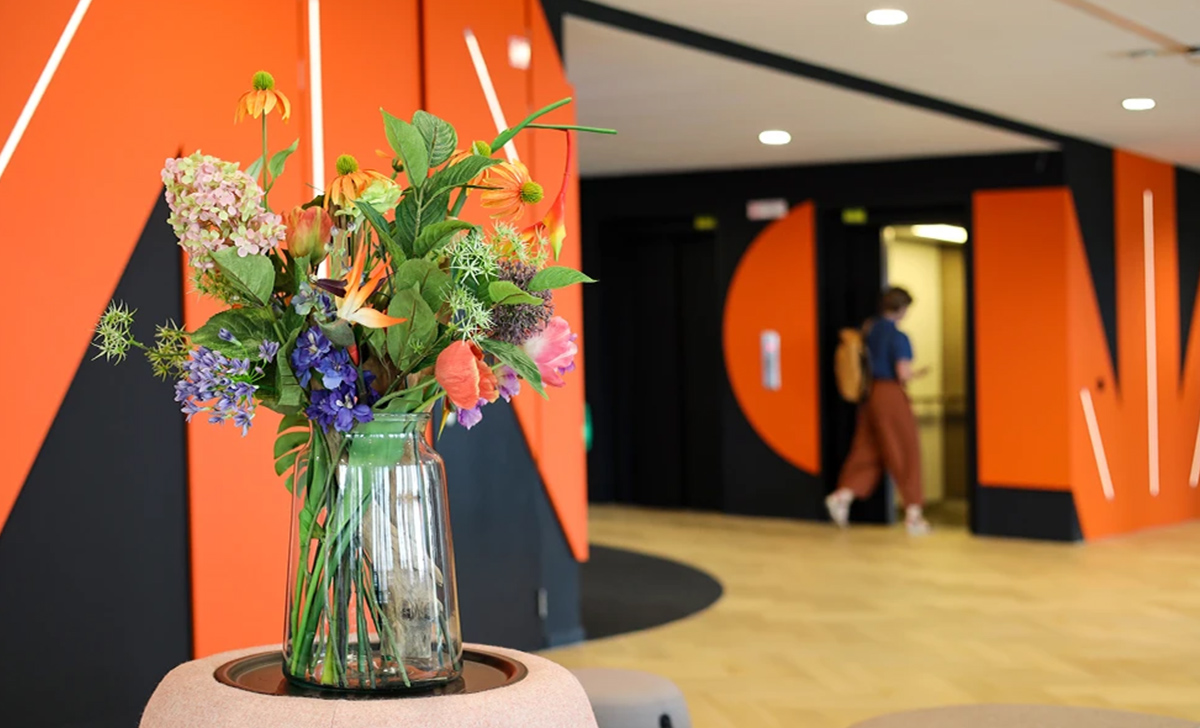
The Emotional and Authentic Value of Real Flowers
Flowers and plants have a unique ability to uplift our spirits. They reduce stress, improve mood, and even boost productivity. In an era of digital overload, real flowers offer a tangible connection to nature that plastic can’t replicate. Picture a child’s face lighting up as they smell a fresh rose, or the calm you feel when a potted plant softens the sterile hum of an office.
What Happened to What’s Real?
Today, more than ever, we must reevaluate and reconnect with the actual value of nature — to return to what feels instinctively right. A return to clarity. A return to what makes sense. A return to nature, as it is.
Let me explain. We’re surrounded by so much artificiality that we've lost touch with what’s real. The internet, the news, social media — they blur the line between truth and illusion. What can we still trust? This confusion leaves many feeling anxious, uncertain, and even depressed.
At times, it feels intentional — as if we’re being misled, distracted, and disconnected from reality, even when it's right in front of us. Artificial flowers and plants are part of this same pattern — a subtle distortion of the natural world we deeply need to reconnect with.
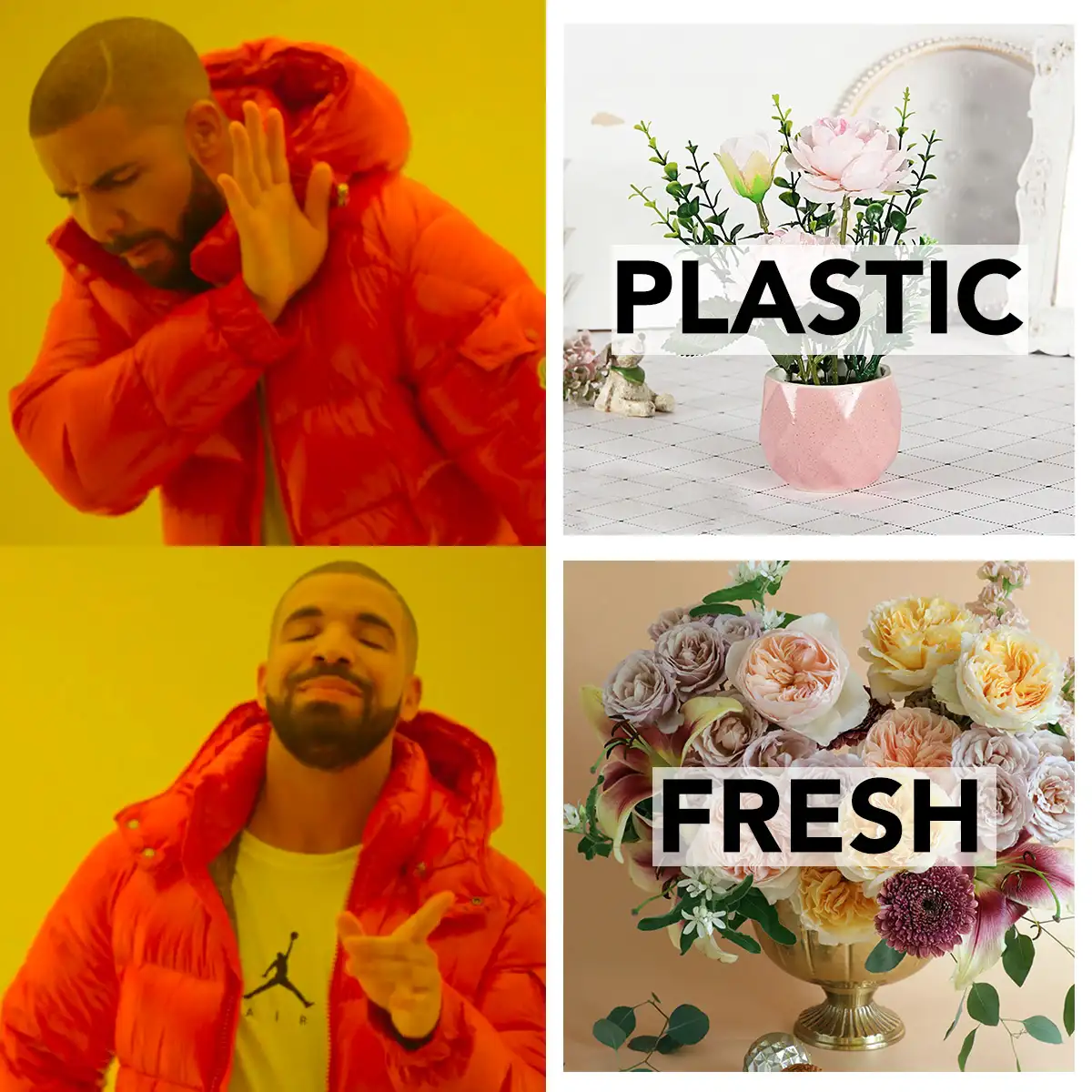
Real Beauty, Real Balance
And maybe that’s the quiet revolution we’re not talking about enough — the growing desire to bring the real back into our lives. Not just as decoration, but as a form of healing. Living plants in a space do something screens and synthetic materials never can. They ground us. They remind us of time, growth, patience, beauty, and impermanence — all the things we forget in the rush of modern life.
This isn’t about rejecting technology, but about restoring balance. We don’t need to escape the world — we just need to anchor ourselves in what’s real. A single fresh flower can do that. A plastic one cannot. A green plant in the classroom window can do that. A fake one cannot. The presence of living, breathing nature in our daily environments can gently pull us back to a more human rhythm — one that nourishes rather than numbs.

Getting Back to What Really Matters
In a world saturated with technological innovation, it’s only natural that people begin to crave balance — to long for what feels authentic. The beauty, tranquility, and emotional nourishment that flowers and plants offer simply cannot be replicated by anything synthetic.
As we move forward, I believe more people will seek out nature’s finest creations. Not just as visual decoration, but as a source of peace, grounding, and joy. There’s something profoundly human about being in the presence of a living plant or a blooming flower. It reminds us who we are.
I once came across a quote that stuck with me — I don’t remember where I read it, but its truth has stayed:
“We’ve entered a new age in which we’re thrown back to ourselves, to our senses — because what surrounds us has become highly questionable.”
To me, this defines the shift we’re living through. We’re entering a time when nature isn’t just comforting — it’s essential. A time to pause. To feel. To re-center ourselves on what’s real.
Yet here’s the irony: we’ve become so accustomed to nature’s beauty that we’ve stopped noticing it. Flowers and plants, once magical, now blend into the background. Like a song you’ve played too many times, their wonder can fade — not because they’ve changed, but because we’ve stopped truly looking.
That’s where the floriculture industry has a role to play.
We must rekindle the sense of wonder. We must remind people of the irreplaceable value of real flowers and plants — and challenge the rising trend of plastic alternatives. This begins with bold, honest communication from within the sector. Not by attacking, but by clearly showing what artificial flowers lack: life, emotion, essence.
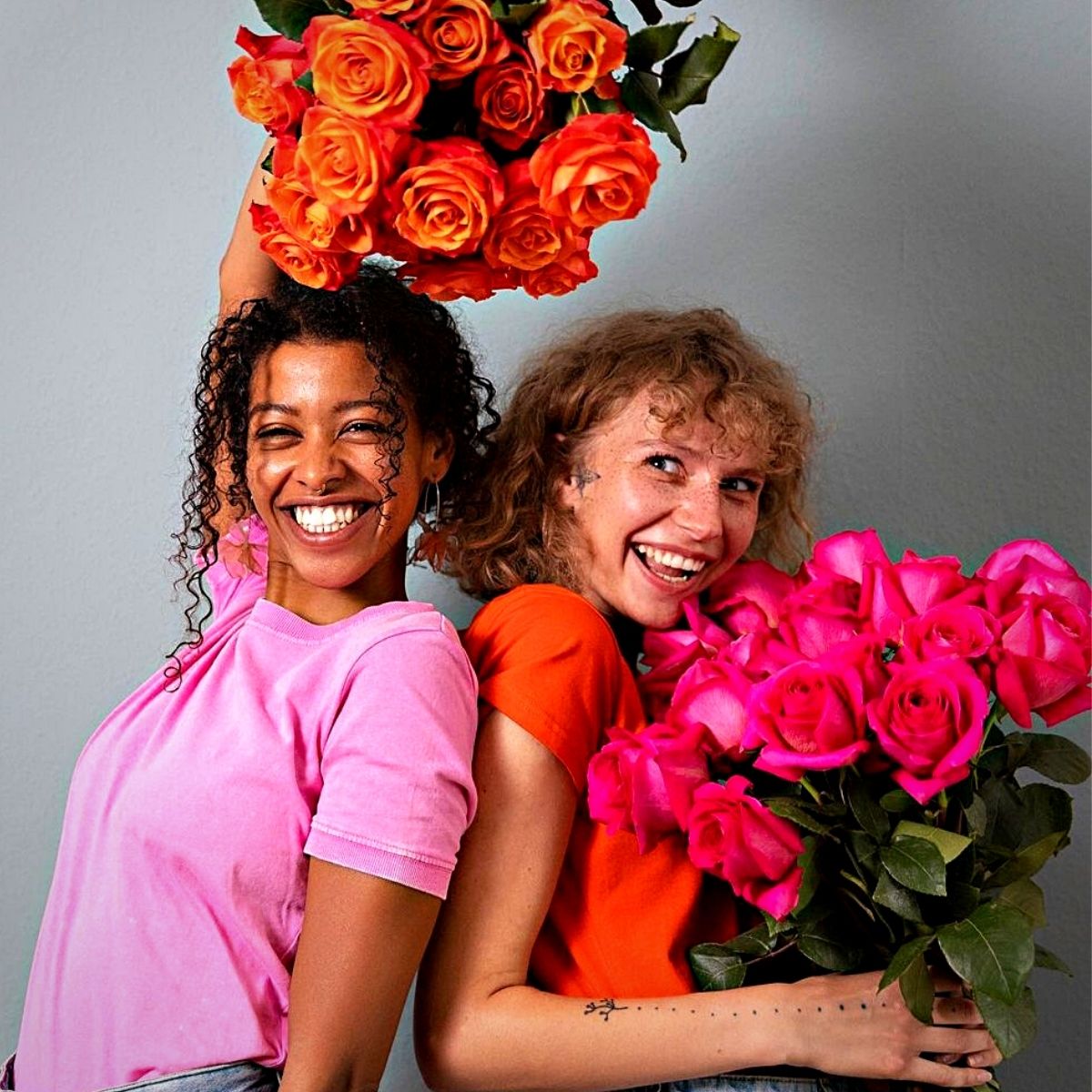
Flowers and Plants Are Good for You
Sustainability efforts in the floriculture industry are well-intentioned — but often miss the mark. Many current initiatives focus narrowly on CO₂ scores and footprint metrics. But what gets overlooked is the deeper, more human story behind flowers and plants.
What about their social impact? Every real flower purchased can support a family in Ecuador, help a grower in Kenya send a child to school, or sustain a small family business in the Netherlands. These are real stories with real value — far beyond what a spreadsheet can capture.
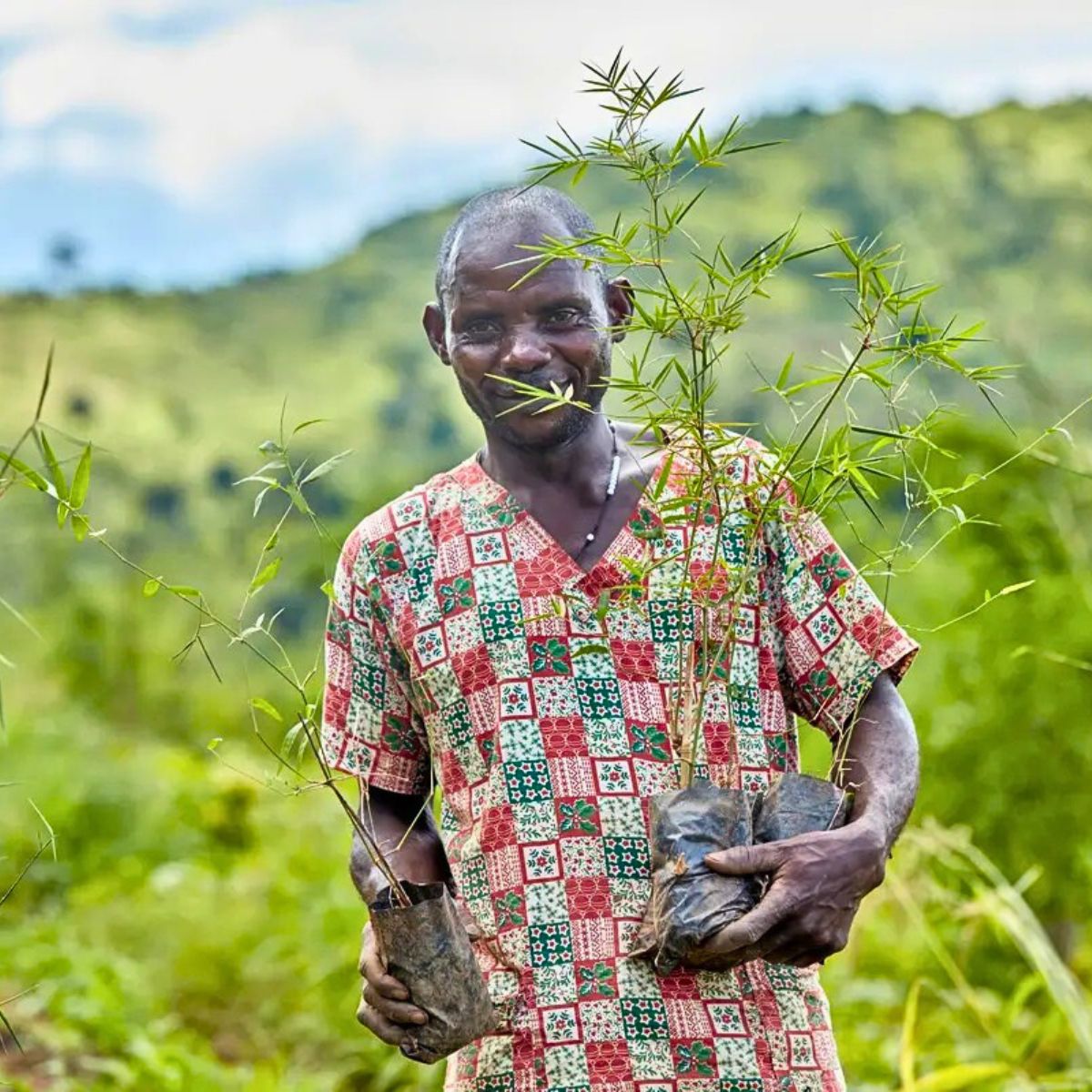
And what about emotional well-being? In the U.S., the That Flower Feeling campaign reframed flowers not as luxuries, but as self-care essentials. “Flowers are self-care” became a powerful message — and one backed by science. Real flowers reduce stress, lift our mood, and reconnect us to something natural in a world that often feels overwhelming and artificial.
We spend our days surrounded by screens, devices, and curated digital realities. In such a synthetic world, people crave what’s real. And that’s where flowers and plants come in — not as trends, but as timeless tools for restoration.
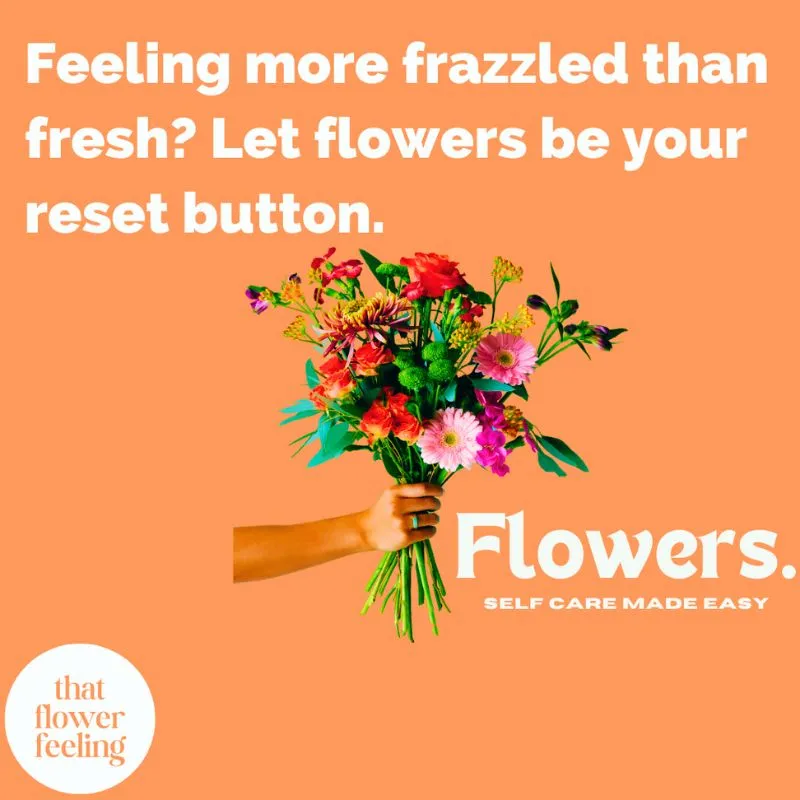
As technology continues to shape our lives, the contrast between artificial and natural will only grow sharper. But this also creates an opportunity: a chance to re-center around what’s genuine, meaningful, and life-enhancing.
The future of floriculture is not just about lowering emissions or ticking sustainability boxes — it’s about reclaiming the deeper value of flowers and plants. For the planet, yes. But also for people. For stories. For joy. For connection.
A simple slogan says it all:
Flowers and Plants Are Good for You.
Let’s nurture that truth — and help the world remember it.

